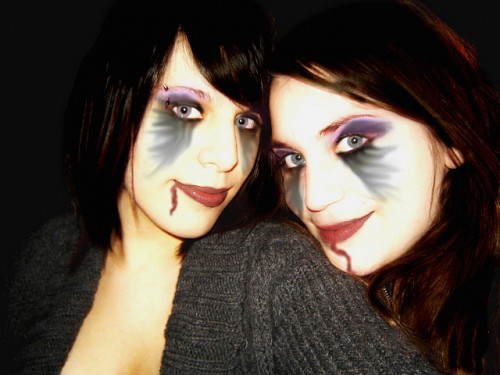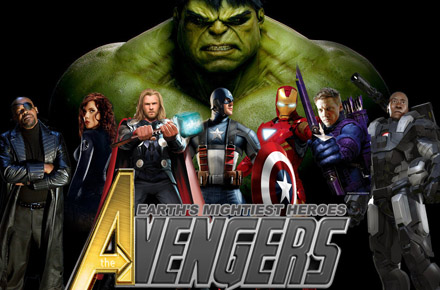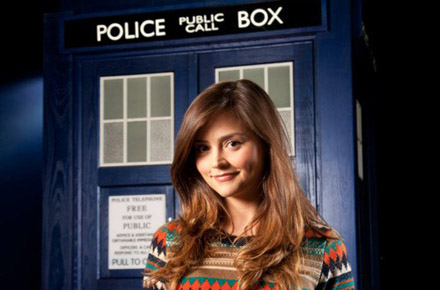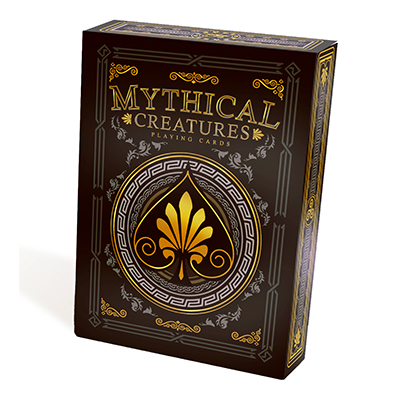Where The Real Vampires Came From
 Photo by Photoshopeando
Photo by PhotoshopeandoThe concept of the vampire is nothing new, they’ve been cropping up in literature in one form or another for hundreds of years but recently they’ve become more popular than ever as they’ve transformed from Gothic creatures of horror to Romantic heroes for teenagers everywhere to fall in love with. As with anything, you have to understand its origins and where it’s come from to truly appreciate it in the present.
Early Forms
Sheridan Le Fanu’s Carmilla pre-dated Bram Stokers Dracula by over twenty years and these two representations became the spring board for the vampire over the next hundred years. A popular reading of these vampires is that they represent the very cardinal desires of humanity; of the id, the ego and the super ego, they’re the id, taking what they want because they want it regardless of the consequences. The morality behind such an act and whether it’s right or wrong is a very human trait and something that was never taken into consideration by the vampire. They are what the human could become without a soul and of course the ‘sin’ of sex was intertwined with the whole notion.
The story of Carmilla sees a kindly family of a father and daughter, Laura, agree to take in the sickly daughter of a passing stranger, Carmilla. Kindness and compassion are of course a human trait so they think nothing of taking her in as she’ll provide a companion for the daughter. As the story progresses Laura gets weaker and weaker whilst Carmilla gets stronger and with the help of another strong male character they learn the truth (after all knowledge is enlightenment) and they kill the evil vampire.
Dracula follows a very similar pattern although several of the key factors are reversed, this time it’s the human who is taken in by Dracula but it’s not long before the reader sees another ‘helpless’ female getting weaker and weaker. Although they’re eventually able to save the protagonists fiancée they’re unable to save her friend Lucy who is not only killed by Dracula but also rises as a vampire and therefore killed again.
Modern Twists
Over the years the vampire has come and gone in literature popularity, it was Anne Rice who is widely credited with bringing them back to the forefront of modern literature in the 20th century. Her first book ‘Interview with the Vampire’ is one of the most iconic vampire novels of the past fifty years. In this representation the Gothic edge of the vampire is starting to give way to humanity with the ‘good guy’ in this story being the vampire who doesn’t want to hurt people. Despite being a vampire, Louis tries desperately to cling onto his soul and would rather drain the blood of rats than hurt a human. The evil is represented in his maker Lestat who has no qualms in killing and sees humans as little more than a source of amusement and food. Neither wins, as evil and humanity reach a stale mate.
It’s only been in the past ten years with authors like Stephenie Meyer, L.J. Smith and Charlene Harris that we’ve seen the vampire become something that humanity can save. Romantic creatures where the good guys are the vampires that chose/agree to live as humans and the bad guys are the ones who want to kill. Whilst I have respect for these authors and will quite happily kill a couple of hours curled up with the latest episode of The Vampire Diaries or True Blood I ask that the vampire is reinstated as a creature of evil (not a race with some good and some evil), that it is left as a representation of the darker side of what humanity has become and that they don’t sparkle!
Jessica is an SEO by trade who’s currently working on Solopress flyer printing







Hiya – great weblog. I have been attempting to design a blog myself as well. What type of software do you use? It would help me a lot if you could give me some tips. Dolores Spear from Sacramento.
I don’t normally comment on blogs.. But nice post! I just bookmarked your site